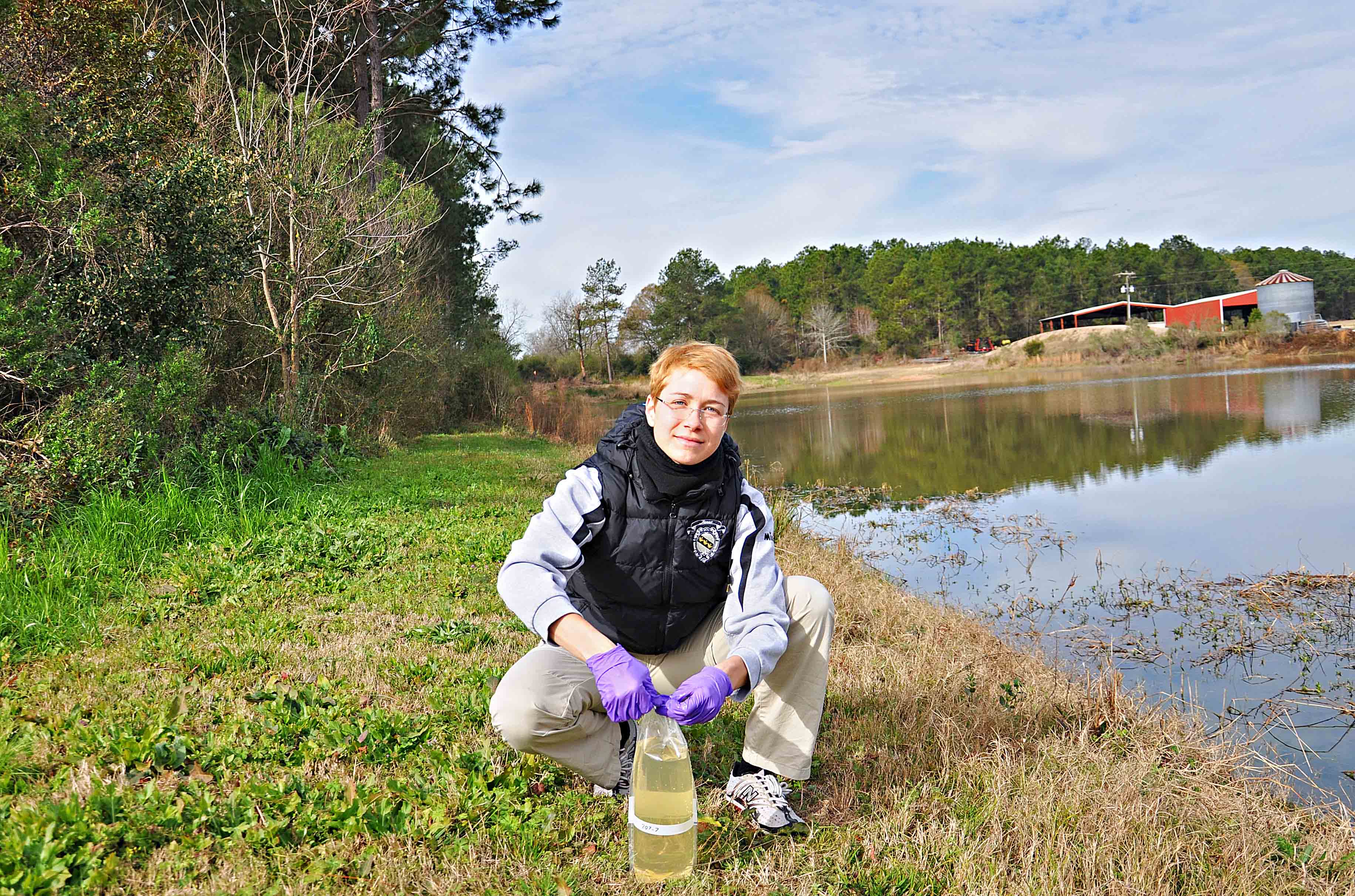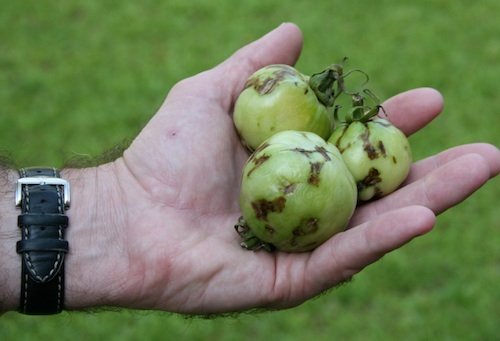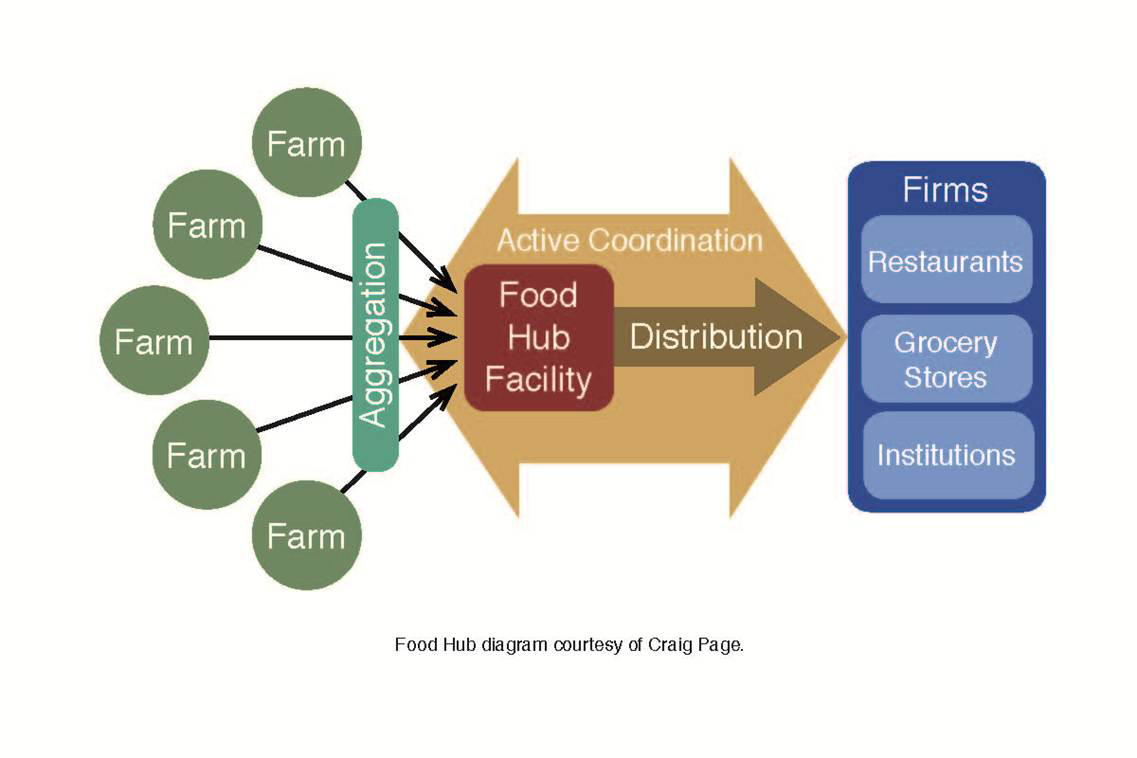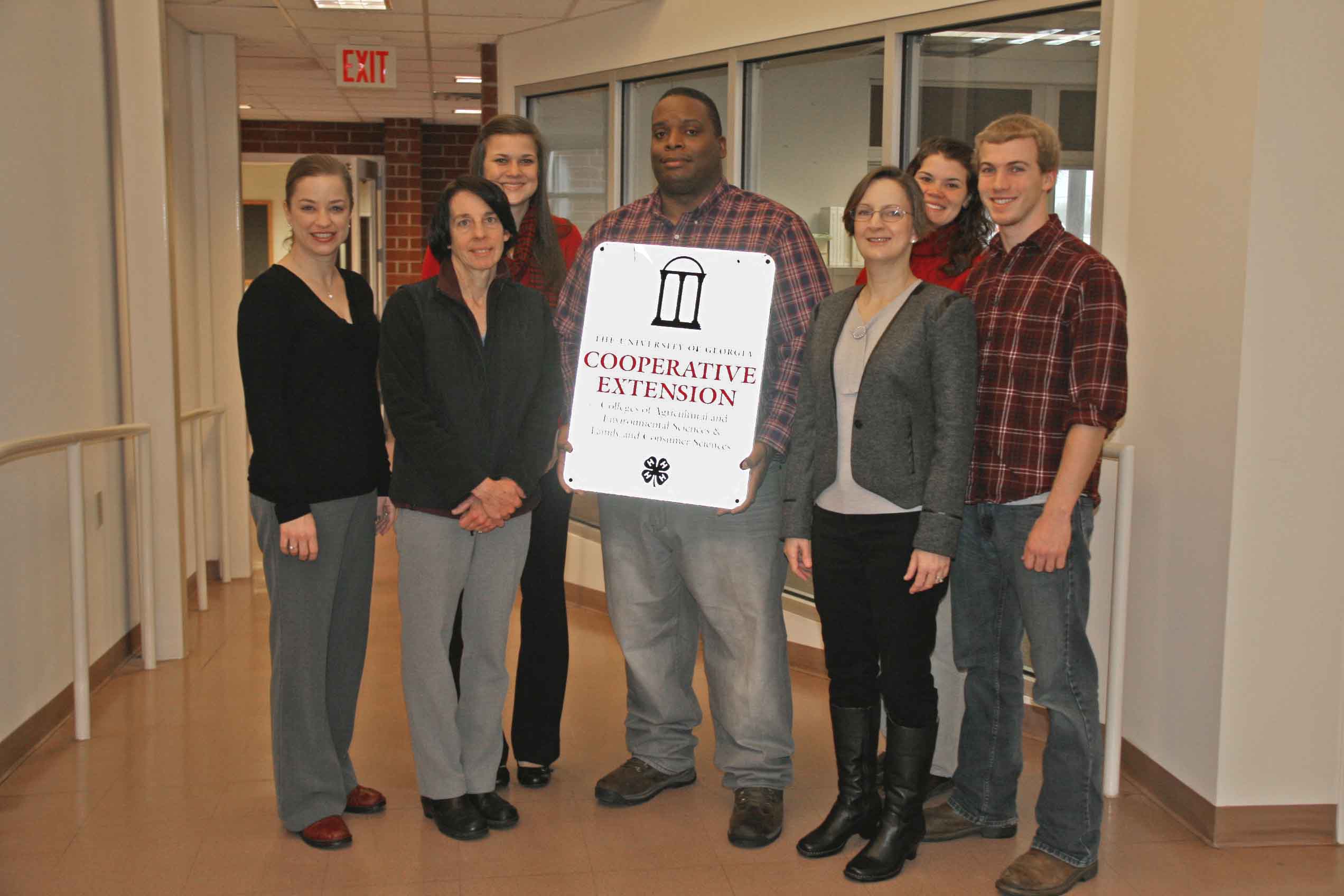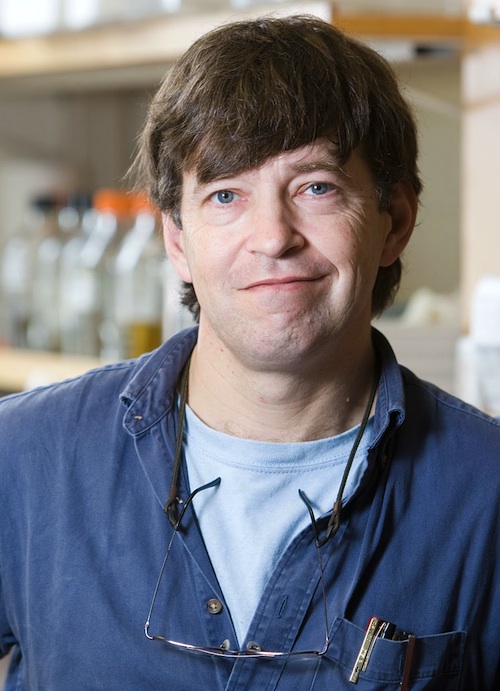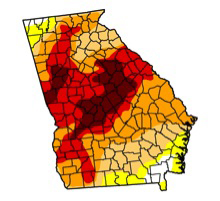 CAES News
CAES News
February rains
February brought copious rain to most of Georgia, drastically reducing drought conditions in all but the southeast corner of the state. Cloudy conditions associated with the rain kept temperatures near or below normal for the month.

